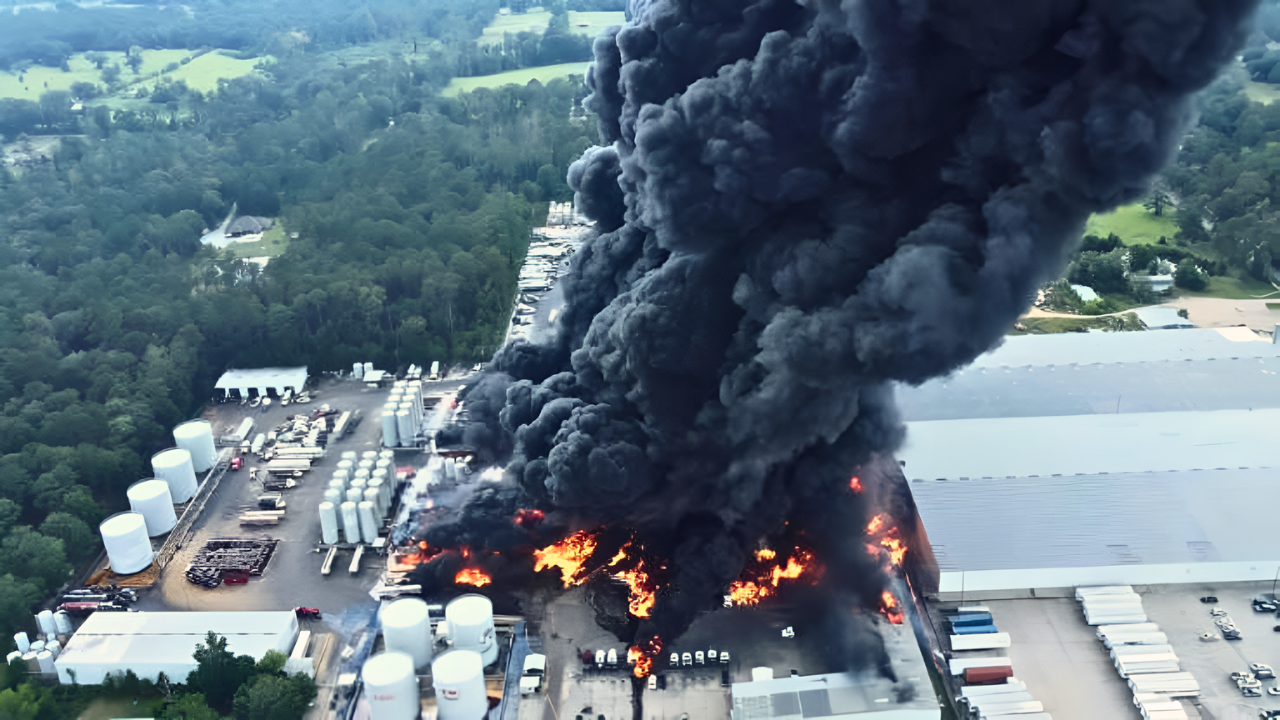
The flames were still smoldering at the Novelis aluminum plant in Oswego, New York, when news broke: Ford’s supply chain was in crisis again. The plant had just suffered its second major fire in two months on November 20, 2025. An earlier minor fire during roof repairs in October was quickly extinguished and caused no damage. The result? A devastating $2 billion hit to Ford’s profit forecast.
With production cuts looming, how will America’s best-selling truck survive?
Supply Chain Crisis

The Oswego plant’s repeated fires have forced Ford to reassess its supply chain. With Novelis, a key aluminum supplier, unable to meet demand, Ford slashed its profit outlook by $2 billion.
The F-Series trucks, crucial to the company’s profits, are now at risk. The fire at the Novelis plant could delay production of thousands of trucks, creating an immense challenge for Ford.
Aluminum Dependency

Ford’s reliance on aluminum for its F-Series trucks has made Novelis indispensable. The Oswego plant provides 40% of the aluminum used by U.S. automakers, with Ford as its largest customer.
However, this dependence has now become a liability, as the repeated fires threaten to disrupt the supply of this crucial material. Ford is now facing a tough choice: Find a new supplier or risk production delays.
Mounting Production Pressure
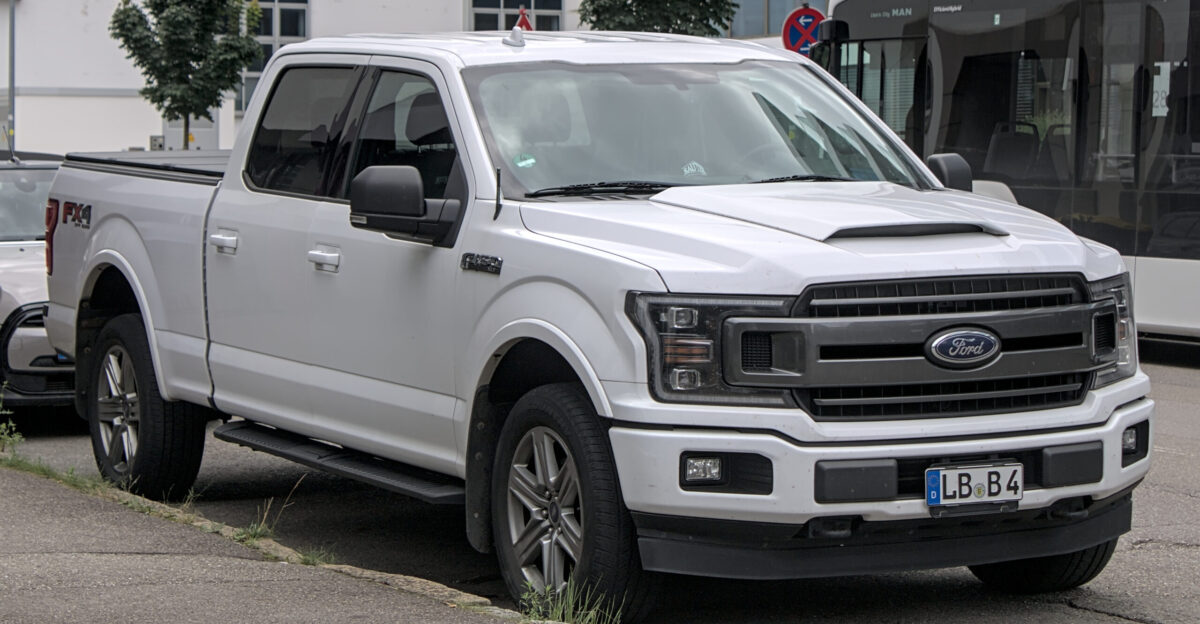
Production at Ford has already suffered significant setbacks. The fires forced Ford to halt or slow down production of its most popular models, including the F-150 Lightning and Expedition.
The Dearborn Truck Plant saw production cut by approximately 55% for F-150 output, and Kentucky’s plant faced similar issues. The pressure is mounting as dealers and customers face long waits for Ford’s popular trucks.
The November Blaze

The latest fire, which broke out on November 20, 2025, marked the second major fire at the Novelis plant. Despite no injuries, the incident further damaged Ford’s supply chain.
The plant’s reopening remains uncertain, leaving Ford in limbo. Thousands of jobs hang in the balance, and Ford’s ability to meet demand for the F-150 is at risk.
Regional Fallout

The fires have had a ripple effect on the local economy in Oswego, New York. The Novelis plant is a major employer in the area, and its repeated shutdowns have left workers uncertain about their futures.
Ford’s Kentucky Truck Plant, which relies on Oswego’s aluminum, also faced production slowdowns and layoffs. The local impact is widening as the situation at the plant drags on.
Job Uncertainty

The plant’s reopening remains uncertain, leaving Ford in limbo. Ford workers face reassignments and production uncertainty, and Ford’s ability to meet demand for the F-150 is at risk.
Anxiety is mounting across Ford’s vast network, with communities dependent on Ford’s operations feeling the impact of supply chain disruptions.
Competitors React

Ford’s competitors are closely watching the unfolding crisis. Stellantis and GM are already making moves to secure alternative aluminum sources to prevent similar disruptions.
The Novelis fires have exposed a major flaw in the just-in-time supply chain system that dominates the U.S. auto industry. Ford’s troubles are a warning to others.
Market Shockwaves

As Ford’s production slows, the effects are felt in the market. Dealers face extended waiting lists for available F-150 inventory due to limited aluminum supply, while pricing remains under pressure from industry-wide supply constraints.
Ford is expected to lose up to 100,000 vehicles in Q4 2025, with only a portion made up by adding shifts. The aluminum shortage is pushing up costs across the industry, squeezing margins for suppliers and automakers alike.
Collateral Damage
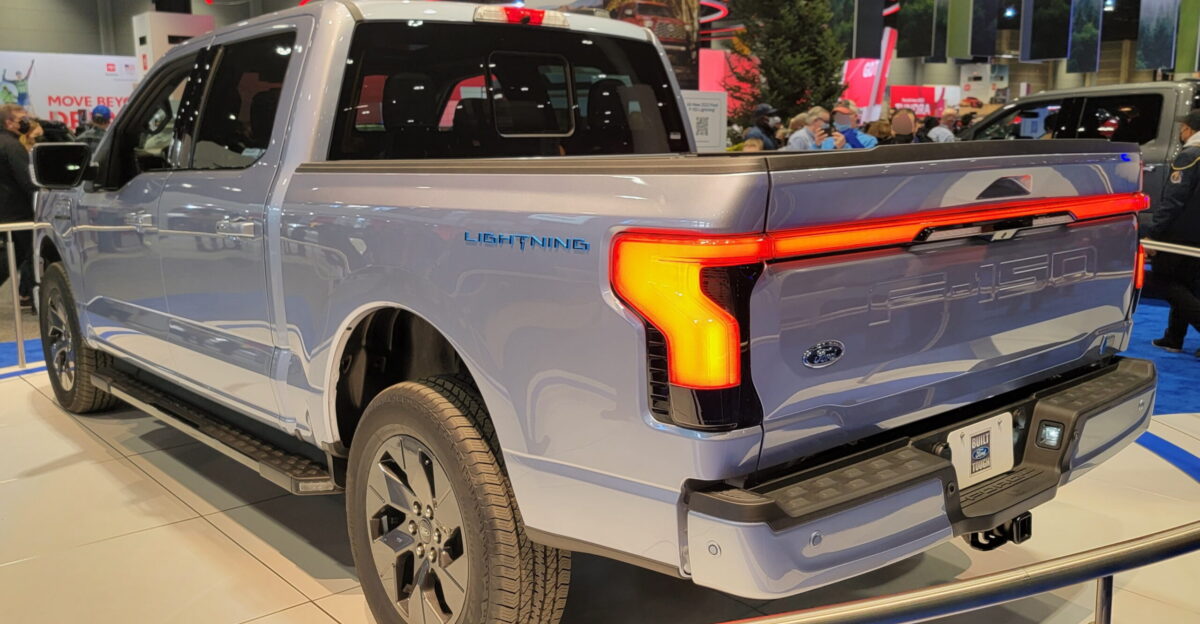
The F-150 Lightning, Ford’s all-electric truck, has also been affected. Production remains halted indefinitely as the company shifts focus to its gas and hybrid models.
With the company’s electric vehicle ambitions on hold, Ford’s strategy to dominate the EV market faces an unexpected setback.
Worker Frustration
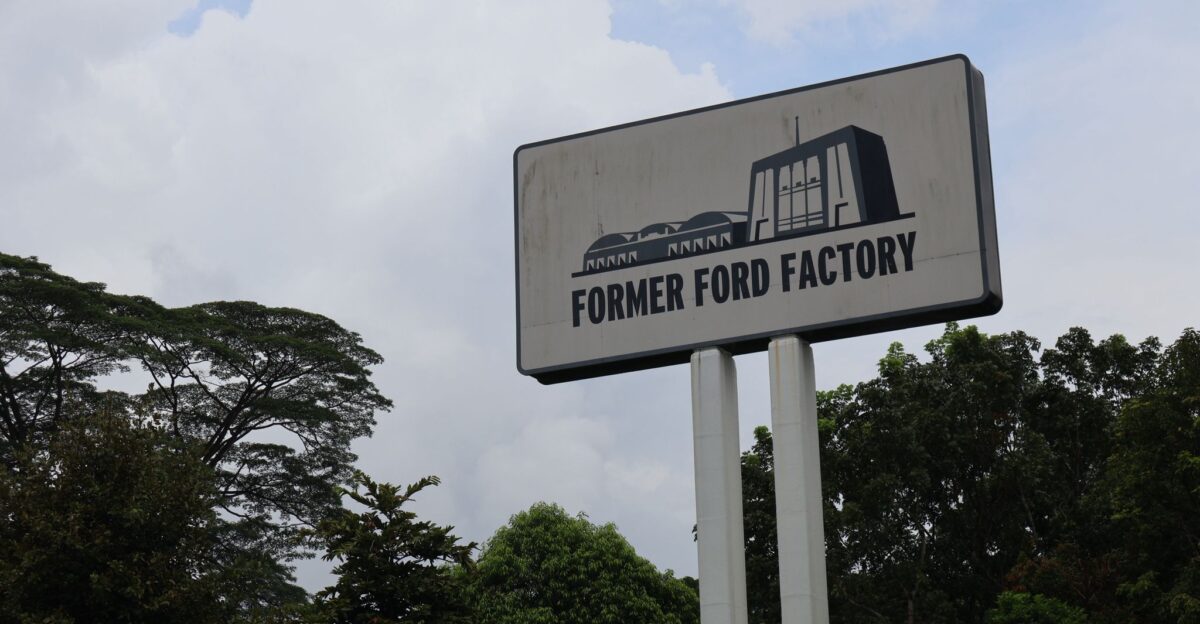
Ford workers are growing increasingly frustrated with the ongoing disruptions. Job reassignments and production cuts have led to uncertainty on factory floors.
The United Auto Workers union is monitoring the situation closely as pressure continues to mount.
Leadership Response

Ford’s leadership is scrambling to find solutions. CEO Jim Farley has acknowledged the gravity of the situation, noting competitive challenges in the global market.
In response, Ford is investing $60 million in production upgrades and retraining to adapt to the supply chain challenges. The company is working around the clock to secure alternative sources of aluminum.
Comeback Plans

Ford is making bold moves to recover from the production losses. The company plans to add a third shift at the Dearborn Truck Plant and increase production line speed at Kentucky.
This will create up to 1,000 new jobs and allow Ford to catch up on lost production. The goal: Build an additional 50,000 trucks in 2026 to recoup market share.
Market Uncertainty
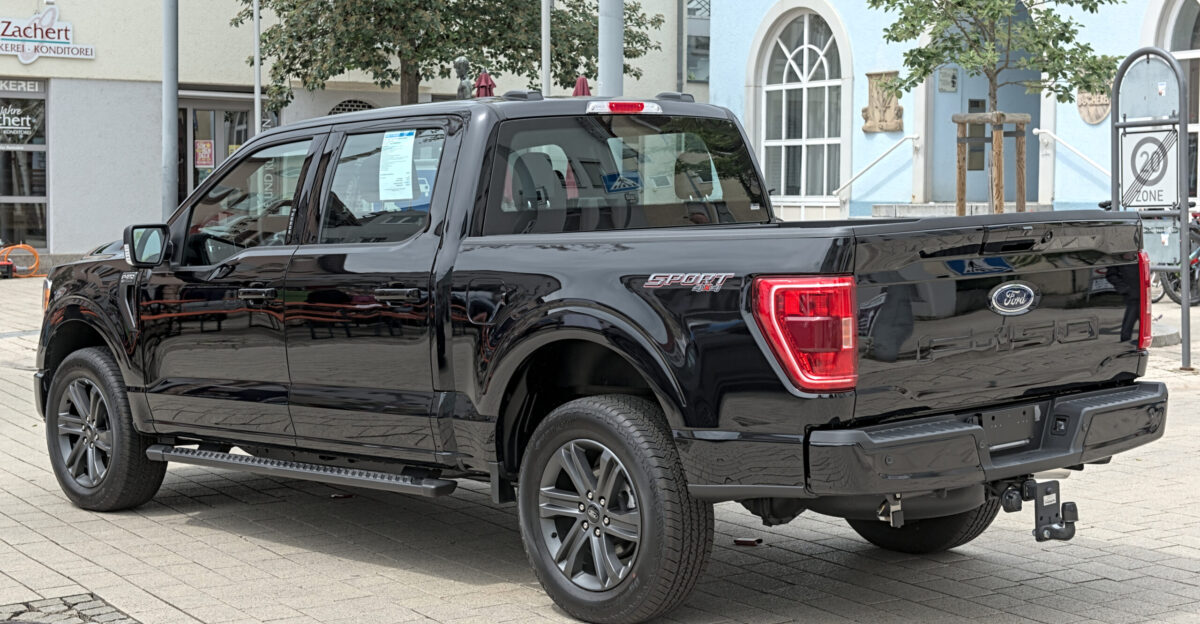
Despite recovery efforts, Ford’s future remains uncertain. Analysts warn that the $2 billion profit hit could worsen, depending on how quickly Novelis can resume full operations.
With rising tariffs, fragile supply chains, and shifting consumer preferences, Ford is navigating a path full of obstacles.
What’s Next?

As Ford faces one of the toughest challenges in its history, the question remains: Can it recover and adapt to a new era of supply chain risk? With aluminum shortages, rising costs, and fierce competition, Ford’s future in the truck market is on the line.
Will it overcome these hurdles, or will this be the start of a new era for the U.S. auto industry?